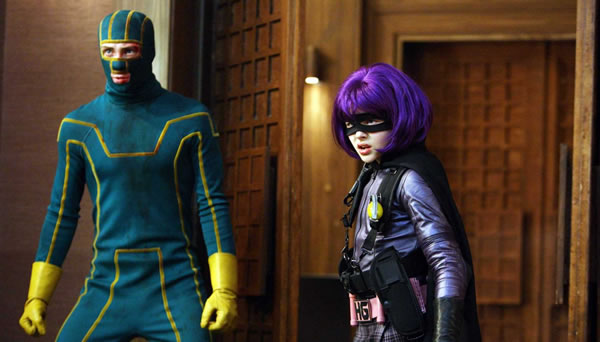
I’m gearing up to write a new app and book on organizational change to complement a powerful new visual change toolkit that will be incredibly useful for use in change programs, project and portfolio management, and even innovation, and so I’m canvasing the organizational change literature space (including change leadership, change management, and business transformation) and looking to identify:
- The best organizational change thought leaders
- The most powerful organizational change frameworks
- The most useful organizational change tools
- The best organizational change books (including change leadership, change management, and business transformation)
Please contact me to tell me your favorites or add below in the comments.
I will be launching a new community and information site soon to launch this visual change toolkit free to the world, in an extremely collaborative way. Which is why I’m looking for your thoughts on the four items above. Once the skeleton site is up in the next week or so, people will also be able to submit their suggestions on the site.
But in the meantime, based on the success of the Nine Innovation Roles from my last book Stoking Your Innovation Bonfire and some ideas that have been triggered by the work I’ve done in various workshops with organizations around the world with the Nine Innovation Roles, I’ve decided to identify a similar set of roles that people should make sure are occupied on their guiding coalitions.
And as I look at the Nine Innovation Roles there are a few that are still applicable in a broader change context (after all, Innovation Is All About Change). Here are the ones that I believe still are necessary in an organizational change program:
1. Revolutionary
The Revolutionary is the person who is always eager to change things, to shake them up, and to share his or her opinion. These people are uncomfortable standing still and not shy about sharing their opinions. Often they see the status quo as not good enough, so the Revolutionary wants to change it.
2. Architect
Change doesn’t emerge from a vacuum. Someone has to see the bigger picture, bring the idea fragments together and create a cohesive change program, a new business architecture, and guide people to create a collection of project artifacts to help guide the change effort. This is the role of the Architect.
3. Artist
The Artist doesn’t seek change like the Revolutionary or see the big picture like the Architect, but Artists are really good at evolving the seeds of change, shaping them, watering them, and ultimately making the impetus for change more clear, the benefits more compelling, and the change plan more complete.
4. Barrier Buster
Every change effort should identify several potential barriers to change, and the team must identify ways to overcome them before the change program is ready to be communicated to the masses. This is where the Barrier Buster comes in. Barrier Busters love solving tough problems and often have the deep domain knowledge or the deep insight into the change target’s mindset necessary to move minds and resources to support the change program.
5. Connector
The Connector does just that. These people hear a Revolutionary say something interesting and put him together with an Architect and an Evangelist; The Connector listens to the Artist and knows exactly where to find the Barrier Buster that the change effort needs.
6. Lion Tamer
The Lion Tamer is really good at identifying risks, potential negative outcomes, and the steps necessary to implement a change. Lion Tamers take the unwieldy beast that any change program can easily become, tame it, help break it down into digestible chunks, and make it real. These are the people who can picture how the change is going to be made and line up the right resources to make it happen.
7. Evangelist
The Evangelists know how to educate people on what the change is and help them understand it. Evangelists are great people to help attract guiding coalition members and to build support for a change effort among leadership. Evangelists also are great at both evangelizing on behalf of customers, employees and partners, but also in helping to educate customers, employees, and partners on the value of the change effort.
8. INSERT YOUR SUGGESTION HERE
9. INSERT YOUR SUGGESTION HERE
So, that’s only a first cut at a set of Change Roles that must be filled on the guiding coalition or the change program team.
What roles are missing?
Are there any there that are not needed or redundant?
Please sound off in the comments below.

![]() Sign up here to get Human-Centered Change & Innovation Weekly delivered to your inbox every week.
Sign up here to get Human-Centered Change & Innovation Weekly delivered to your inbox every week.